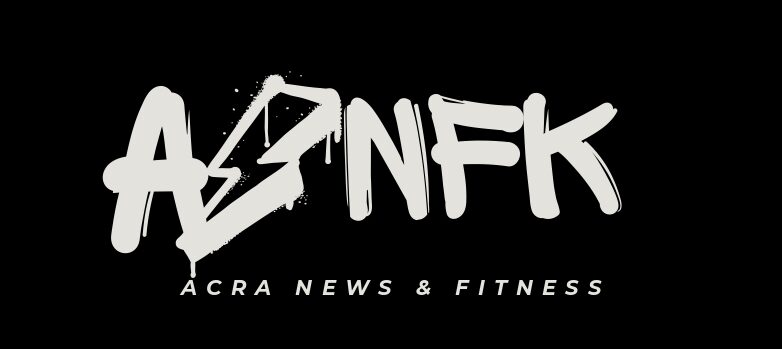Introduction
If you’ve been hitting the gym consistently but aren’t seeing the gains you expected, you might be missing one crucial principle: progressive overload. This simple yet powerful concept is the foundation of muscle growth and strength development. Whether you’re a beginner or an experienced lifter, understanding and applying progressive overload can take your fitness results to the next level.
In this blog, we’ll break down:
- What progressive overload is
- Why it’s essential for muscle and strength gains
- Different ways to implement it
- Common mistakes to avoid
- How to design a workout plan around it
Let’s dive in!
What Is Progressive Overload?
Progressive overload is the gradual increase of stress placed on the muscles during training. This can be achieved by:
- Increasing weight
- Doing more reps
- Adding sets
- Reducing rest time
- Improving form and control
The idea is simple: Your body adapts to stress. If you keep lifting the same weight for the same reps, your muscles won’t have a reason to grow stronger or bigger. By progressively challenging them, you force adaptation leading to gains in strength and size.
Why Is Progressive Overload Important?
1. Prevents Plateaus
Many lifters hit a wall where they stop seeing progress. Without progressive overload, your body gets comfortable, and growth stagnates.
2. Maximizes Muscle Growth (Hypertrophy)
Muscles grow when subjected to tension and fatigue. By gradually increasing resistance, you stimulate more muscle fibers, leading to hypertrophy.
3. Builds Strength Efficiently
Strength gains come from neural adaptations (better muscle recruitment) and muscle growth. Progressive overload ensures both happen.
4. Keeps Workouts Challenging & Engaging
Lifting the same weights forever gets boring. Progressive overload keeps you motivated by giving you measurable goals.
How to Apply Progressive Overload
There are multiple ways to implement progressive overload—not just adding weight. Here’s how:
1. Increase Weight
The most straightforward method. If you’re bench pressing 135 lbs for 8 reps, aim for 140 lbs for 8 reps in your next session.
Tip: Small increments (2.5–5 lbs) work best for long-term progress.
2. Increase Reps
Can’t add weight yet? Do more reps with the same weight. For example:
- Week 1: 3 sets of 8 reps
- Week 2: 3 sets of 9 reps
- Week 3: 3 sets of 10 reps
Once you hit 12 reps, increase the weight and reset to 8 reps.
3. Increase Sets
Adding an extra set increases total volume, which drives growth. Example:
- Week 1: 3 sets of squats
- Week 2: 4 sets of squats
4. Improve Form & Control
Lifting with slower tempo (e.g., 3 seconds down, 1 second up) increases time under tension (TUT), making the same weight feel heavier.
5. Reduce Rest Time
Shortening rest periods (e.g., from 90 sec to 60 sec) increases intensity, forcing your muscles to work harder.
Common Progressive Overload Mistakes
1. Ego Lifting
Adding too much weight too soon leads to poor form and injuries. Focus on controlled progression.
2. Ignoring Recovery
Muscles grow during rest. Without proper sleep and nutrition, progressive overload won’t work.
3. Only Focusing on Weight
Reps, sets, tempo, and rest periods also matter. Don’t neglect them.
4. Inconsistency
Progress requires consistent effort. Skipping workouts or changing programs too often stalls gains.
Sample Progressive Overload Workout Plan
Here’s a 4-week upper/lower split applying progressive overload:
Week 1 (Baseline)
- Bench Press: 3 sets × 8 reps (135 lbs)
- Squats: 3 sets × 8 reps (185 lbs)
- Rest: 90 sec between sets
Week 2 (Increase Reps)
- Bench Press: 3 sets × 9 reps (135 lbs)
- Squats: 3 sets × 9 reps (185 lbs)
Week 3 (Increase Weight)
- Bench Press: 3 sets × 8 reps (140 lbs)
- Squats: 3 sets × 8 reps (190 lbs)
Week 4 (Increase Sets)
- Bench Press: 4 sets × 8 reps (140 lbs)
- Squats: 4 sets × 8 reps (190 lbs)
By Week 5, you can repeat the cycle with slightly higher weights or reps.
Final Thoughts
Progressive overload isn’t just a gym hack , it’s the science behind muscle and strength gains. Whether you’re lifting for aesthetics, performance, or health, applying this principle will ensure continuous improvement.
Key Takeaways:
✔ Start small—even 2.5 lbs increases add up over time.
✔ Track workouts to measure progress.
✔ Mix methods (weight, reps, sets, tempo).
✔ Prioritize recovery (sleep, nutrition, rest days).

